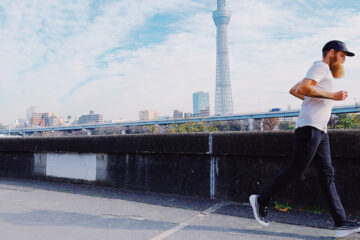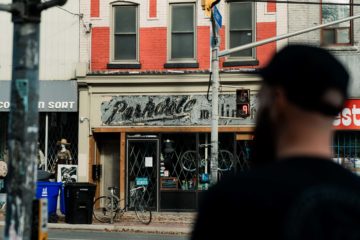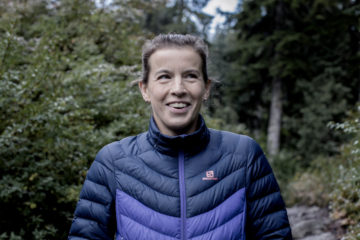Words by Colin Smith
“Ageing is a deterioration of connective tissue.”
It’s a sweltering late-August day in Toronto, about three months after I crossed the finish line at the 2018 Comrades Marathon in South Africa. I’m bent over stiffly, digging through my bottom drawer for running shorts that will fit me. I’ve already tried on two pairs and both were uncomfortably and unflatteringly tight. I finally pull out from the depths of the drawer a pair of what most serious runners would consider basketball shorts. I hold them up in the air and think, “Yeah, these should fit.” My shoulders sink, and I let out a sigh. I think back to how I felt, and (vainly) how I looked, during the lead up to my first ultramarathon.
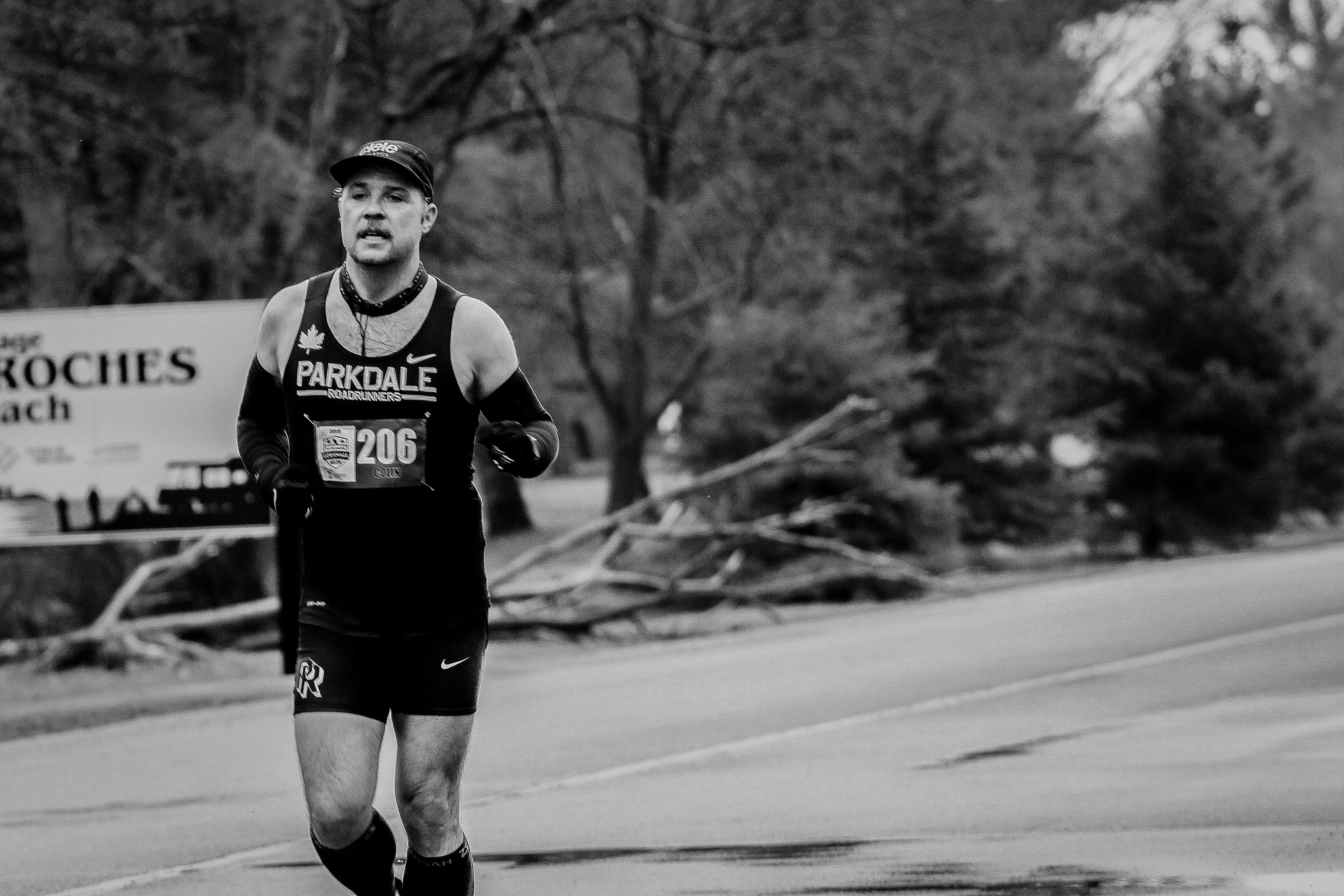
I wonder: Will I ever run like that again? Will I ever feel like that again?
“The stiffness, shrinkage, and drying up of ageing occur directly in that great web of fiber that ties us together.”
The approach of a new year invites us runners to reflect and resolve. As one year comes to an end we naturally set a course for the 12 months ahead. We look to build. Just as we do whenever we pass a kilometre marker during a race. A quick mental reset. A brief check in with the body. But that’s not always an easy transition. Your mind focuses on what’s in front of you. Your legs contend with what’s now at your back. And there’s every possibility that one will overpower the other.
In these moments of transition, we can find ourselves searching for answers.
As 2018 becomes last year’s Strava log, I’m trying to understand how I just had both my best year of running and my worst year of running within the same twelve months.
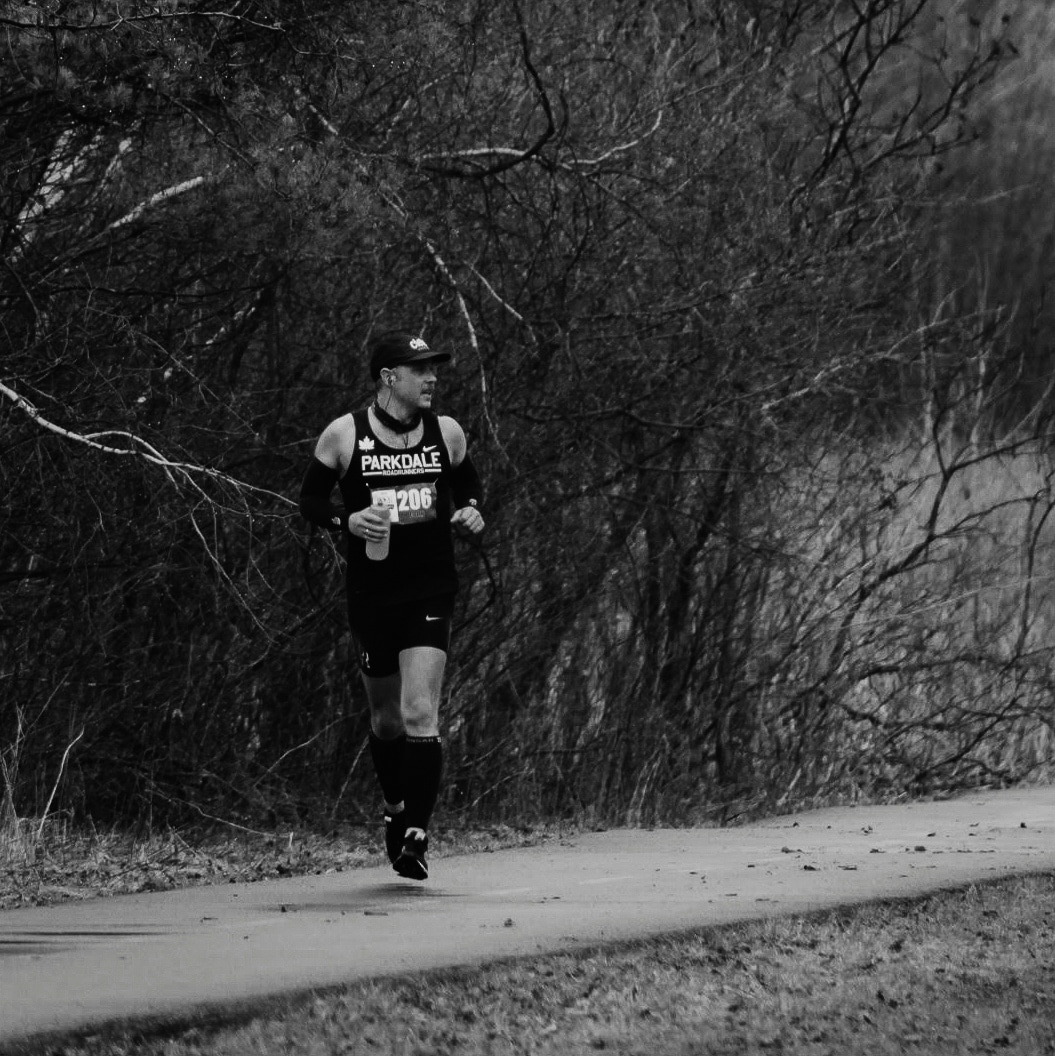
Do I call that a success? Was it a failure? What did I learn? What mistakes did I make? And when will I get back to running the way I believe I should be?
“What exercise does is resist this stiffening.”
The year began with two goals: Run a sub 3:30 marathon and finish the Comrades Marathon, the world’s oldest and toughest road ultramarathon.
I achieved both. With the help of a coach, my plan began in January and was focused on just finishing Comrades in June. It had also been a couple years since my last marathon and I needed a recent marathon time to qualify for Comrades. With such a long training cycle, I decided to slot in a marathon at the end of April to see if I could crack my goal time there. They ended up being two of the best races I’ve ever run. But they ended up breaking me for the rest of the year.
Cornwall was slick and disciplined. Flat and fast. It’s a small race, with only about 200 at the start. I ran it mostly alone, not in any group or pack. I remained very steady until about kilometre 38 when getting my legs to turn over became more and more tiring and I dropped slightly off my pace. Overall, very little went wrong and I finished in 3:28:25 — a full 28 minutes better than my last marathon.
Comrades was gritty and deliberate. Steep and gradual. In the starting corral, I was buzzing as I soaked up the unforgettable energy of the 20,000 other runners. At the same time, I was fully aware that I might not make it to the finish line by the 12-hour cutoff. There are really no guarantees when you’re racing an ultra. Over the course of the next 10 hours and 54 minutes I plodded along, up and down one relentless hill after another. The Valley of a Thousand Hills they call it. I soaked in every wave and cheer from the crowd. I was handed a beer by someone at the side of the road at 50 K in. I chugged it and then took another one before the next aid station. At the 70 K mark, my wife and a small Parkdale Roadrunners cheer squad was there to greet me. They told me I was a lone smile amongst a flood of grimaces. I was just a few minutes ahead of the 11-hour pace group, running solo at this point. I was exhausted and every muscle in my body had become so tight. I was on a tightrope. I had to be careful with each step that I didn’t trigger a cramp or a spasm. But knowing that I still had a smile on my face despite all that helped me push on for those final 20 kilometres to the finish line. It’s a bizarre feeling, thinking you’re nearly at the finish and there’s still 20 kilometres left to go.
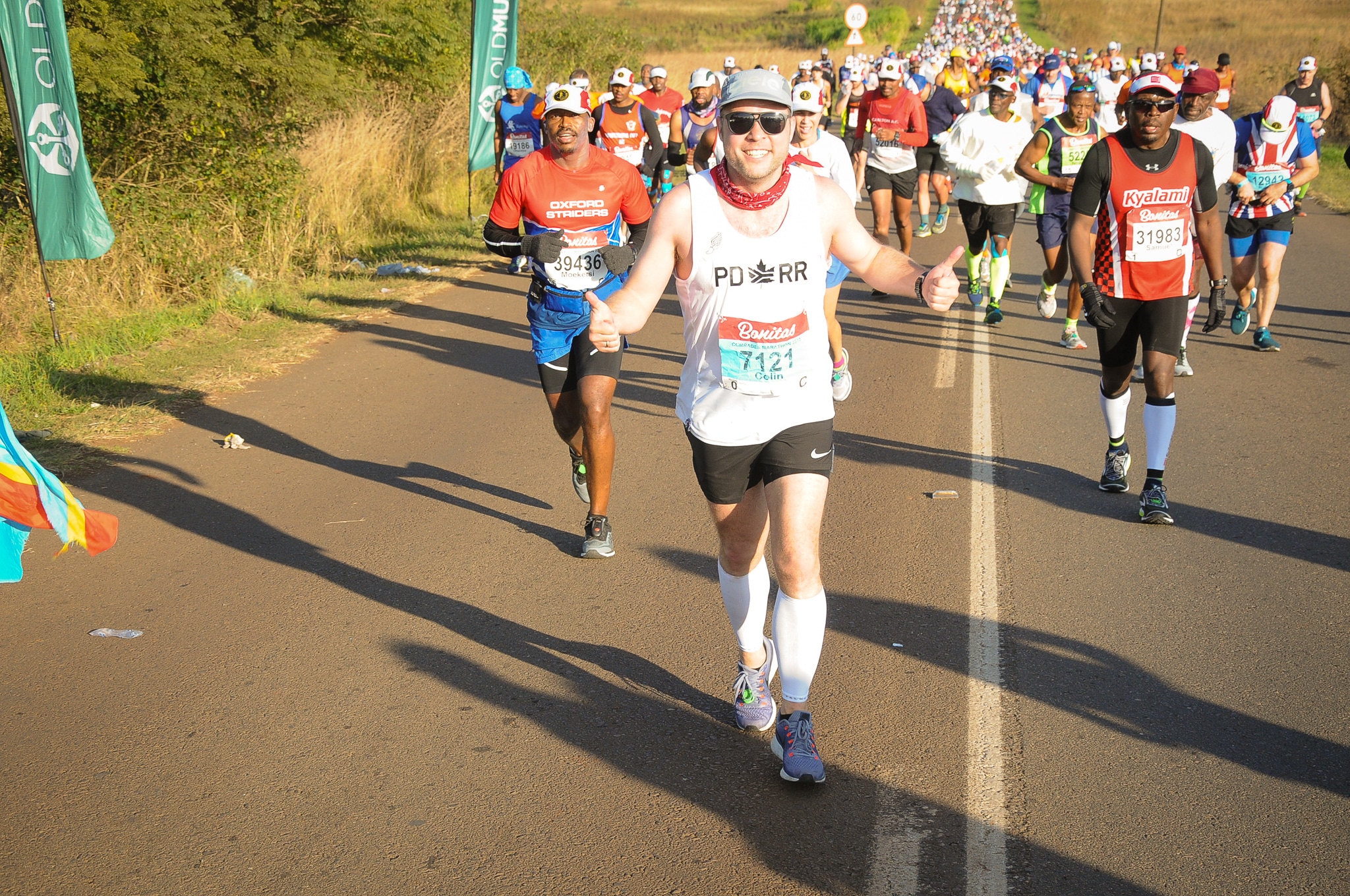
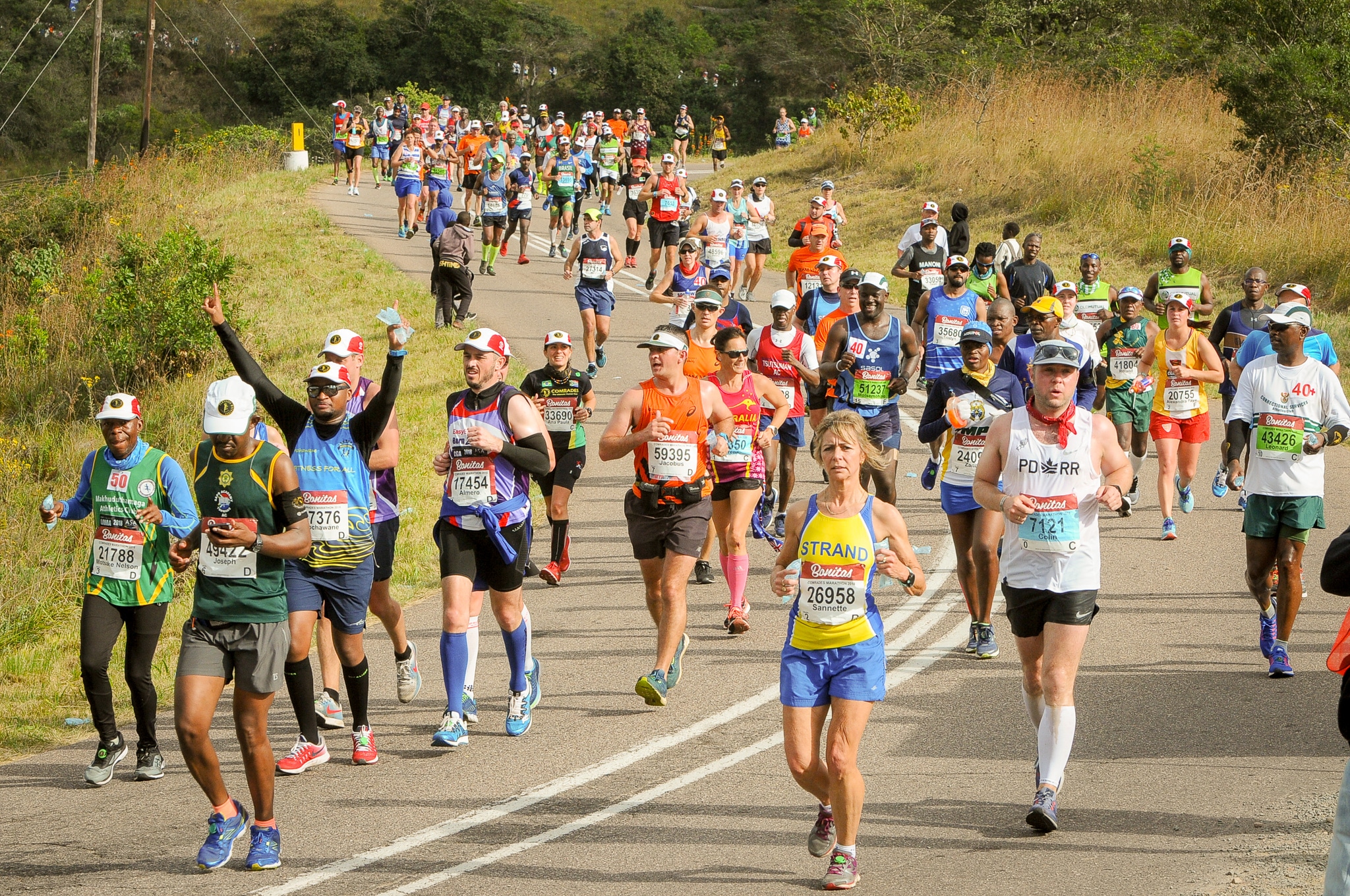
I have no idea how 11 hours of unrelenting forward movement — a mix of walking and running — can fly by in what seems like an instant while also feeling at certain points like an eternity. It was like being suspended in time. Entering the stadium in Durban and finishing in under 11 hours was the most satisfying thing I’ve ever felt. I wasn’t thinking much about what happens after you achieve a goal you’ve been working so hard towards.
“Most of those complex physiological processes that we call training come down to maintaining the lively resilience of our connective tissue.”
What I realize now, what I’ve learned from this past year, is that I need to train for the recovery as much as I need to train for the race. After Comrades, I figured I deserved a rest. And a beer. And another one. And another one. And maybe a slice of pizza. And another one. And another…
I had not come out of the race with any acute pain. By my own judgement, my body was feeling pretty good. But when I was finally ready to get running again, everything felt way off. There was pain in my knees. My shins. My lower back. Sensations I had encountered at different points in the past occurred all at once. My mind was ready to get back running, but my body certainly wasn’t. What worried me the most was just how exhausted my legs felt with any amount of running. They never loosened up. They never felt rested. They never felt responsive.
In addition to that, the realization that I was getting older could be heard in the cracking of my ankles as I walked to the bathroom in the morning. The fact that my body was deteriorating could be felt in the throbbing in my knees as I sat at my desk all day.
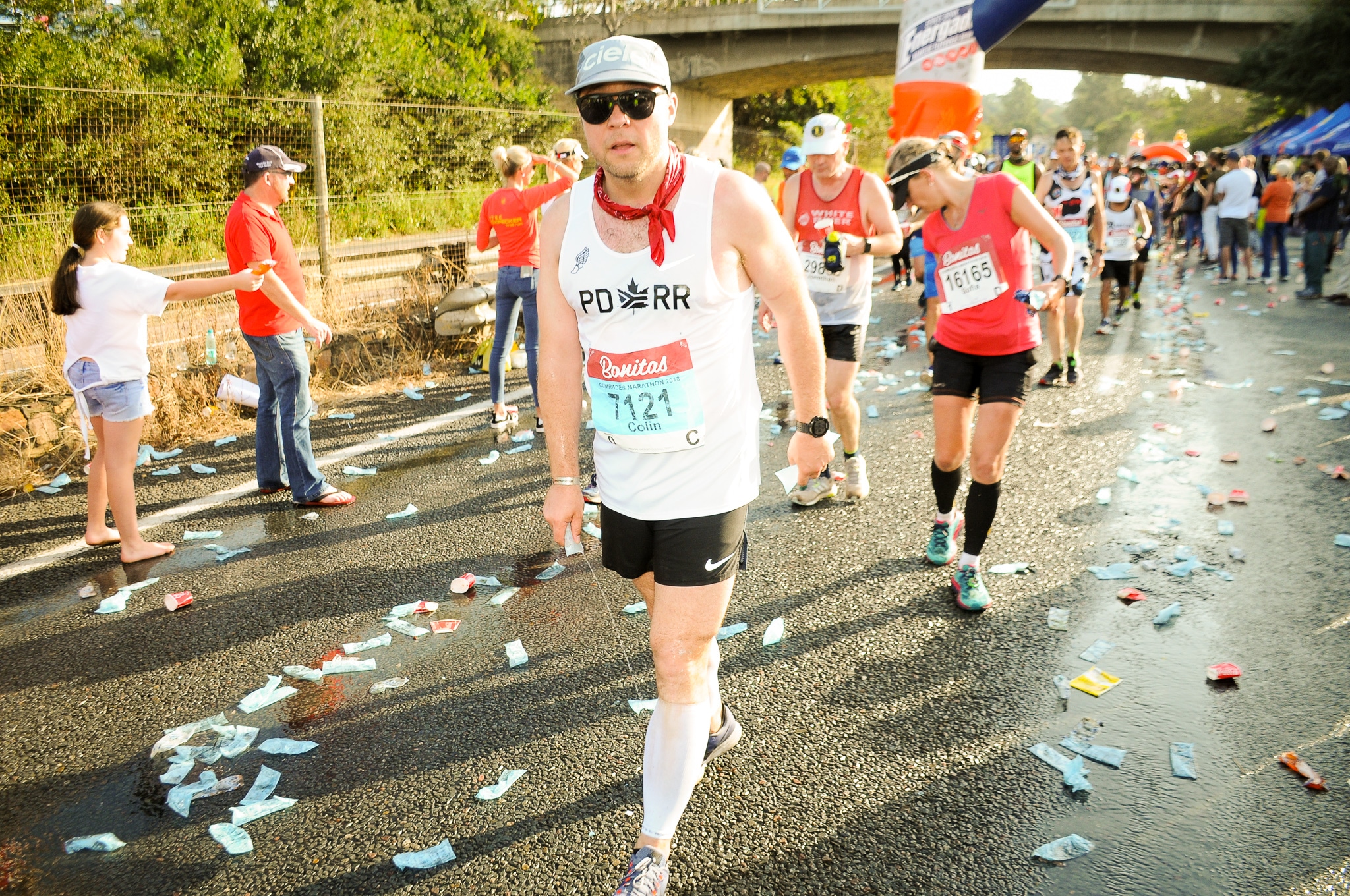
I had to confront the fact that perhaps six months of training and those two races had done permanent damage to my body. Where I used to feel like I could break through that resistance with sheer effort, I now had to come to grips with the fact that maybe for the rest of my life running would be very different.
“Age is what makes it tight, movement is what keeps it loose.”
From July to November, I struggled to regain my running form. I took it easy, I tried to push through, I stuck to cycling, I did some yoga. Nothing was working. Everything was frustrating. I saw physios and chiropractors. Acupuncture and massage sessions. I didn’t see any improvement. It was a humbling five months and, finally, in December, I began to build more consistency as my legs began to feel normal again. Distances increased. Paces quickened — ever so slightly. I was able to run on back-to-back days. I felt the definition and bounce return to my quads, hamstrings and calves. And hope was returning as well.
“If you can’t stay young, stay loose.”
I have begun to look at my running much differently than I did at the start of last year. I understand my mistake, a classic rookie one, of going out too hard, too fast, too early. I’m looking at 2019 as its own race. I want 12 months of economy, variety, determination and enjoyment.
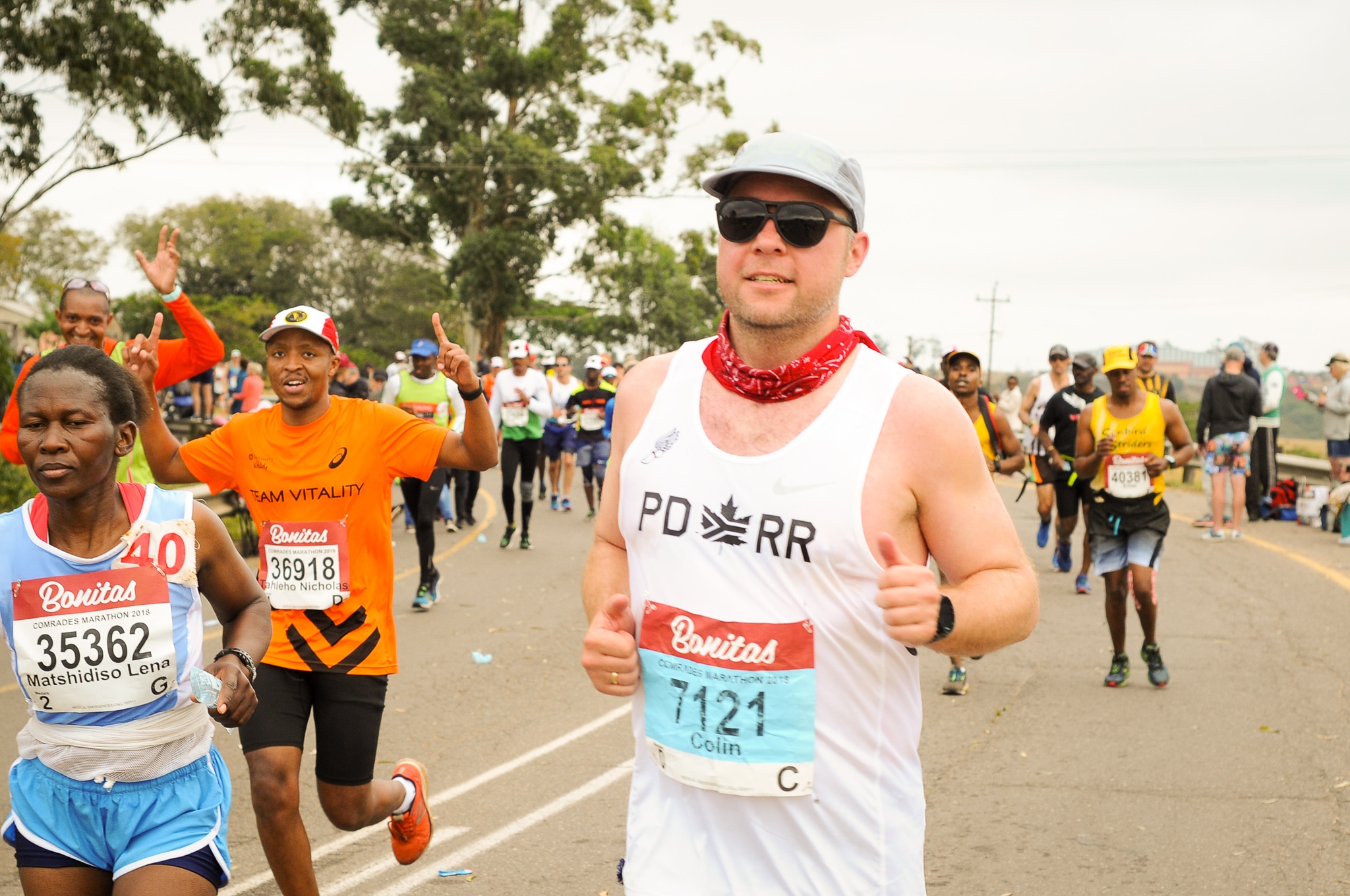
While I have specific race goals again this year, the one I’ll be focused on more than anything is consistency. I’m turning 40 soon and realizing that my fastest days won’t always be in front of me. One day, without my knowledge, I’ll hit my last PR and I better be prepared mentally and physically for what happens after that. I’ll need to find a way to be satisfied with every mile I run — the good and the bad.
*Bolded lines from The Elements of Effort by John Jerome
DJ writer and Co Captain of the Parkdale Road Runners Colin Smith is based out of Toronto Ontario.



